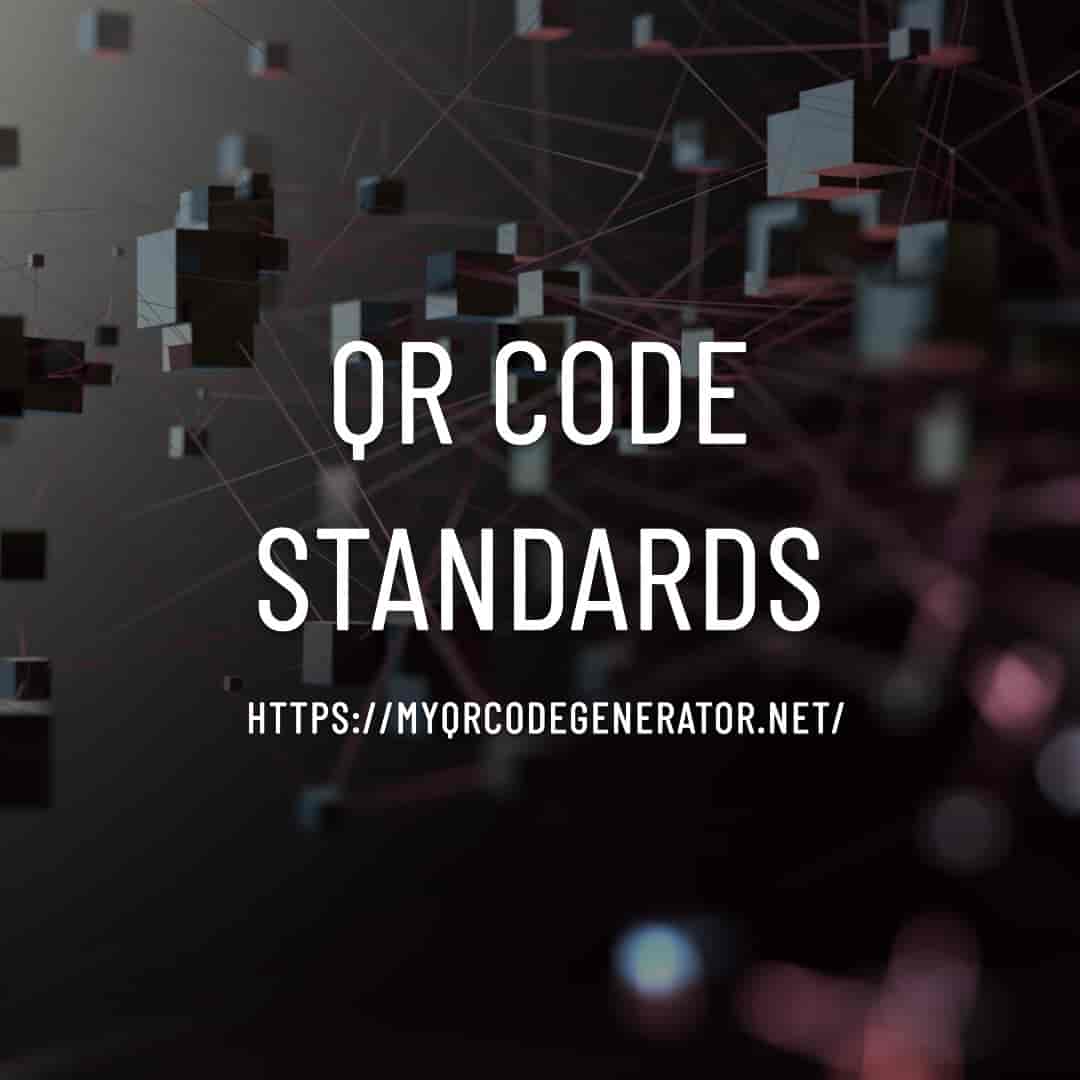QR codes have become a staple in the digital toolkit, offering a seamless way to connect the physical and digital worlds. From business to healthcare, these two-dimensional barcodes are used across various sectors. However, the effectiveness of QR codes hinges on a set of guidelines and norms known as QR Code Standards. This article aims to provide an in-depth look at these standards, exploring their importance, components, and impact on QR code technology.

The Genesis of QR Code Standards
QR codes were initially developed by Denso Wave, a subsidiary of the Japanese company Denso, in 1994. The technology was quickly adopted across industries, leading to the need for a standardized framework to ensure consistency, reliability, and interoperability. This led to the development of QR Code Standards, which are governed by international organizations like ISO (International Organization for Standardization).
Core Components of QR Code Standards
- Data Encoding: QR Code Standards specify the types of data that can be encoded, which include numeric, alphanumeric, binary, and special characters. This ensures that QR codes can be universally read and decoded.
- Error Correction: The standards outline the error correction techniques to be used, enabling QR codes to function even when partially damaged. Four levels of error correction—L, M, Q, and H—are defined, each offering different degrees of robustness.
- Versioning: QR codes come in various versions, ranging from Version 1 to Version 40, each with different data capacities. The standards provide guidelines on how these versions should be generated and decoded.
- Symbology: The standards define the QR code's structure, including the arrangement of modules, timing patterns, and other elements that make up the QR code.
Industry-Specific Standards
- HIBC (Health Industry Bar Codes): These are specialized QR codes used in healthcare for tracking medical equipment and patient identification.
- AIM (Association for Automatic Identification and Mobility): This standard is often used in manufacturing and logistics to ensure QR codes meet industry-specific requirements.
Why Standards Matter
- Interoperability: Standards ensure that QR codes can be read by any compliant reader, regardless of the generating platform.
- Data Integrity: Adhering to standards ensures that the encoded data is reliably stored and retrieved.
- Global Adoption: Standards facilitate the widespread use of QR codes by creating a common framework that can be universally adopted.
Final Thoughts
QR Code Standards are the backbone of QR code technology, ensuring that these versatile digital markers are reliable, secure, and universally compatible. Whether you're a business looking to implement QR codes into your marketing strategy or a developer aiming to build a QR code-based application, understanding these standards is crucial. They not only guide the creation and decoding of QR codes but also pave the way for innovative applications that continue to push the boundaries of what QR codes can achieve.